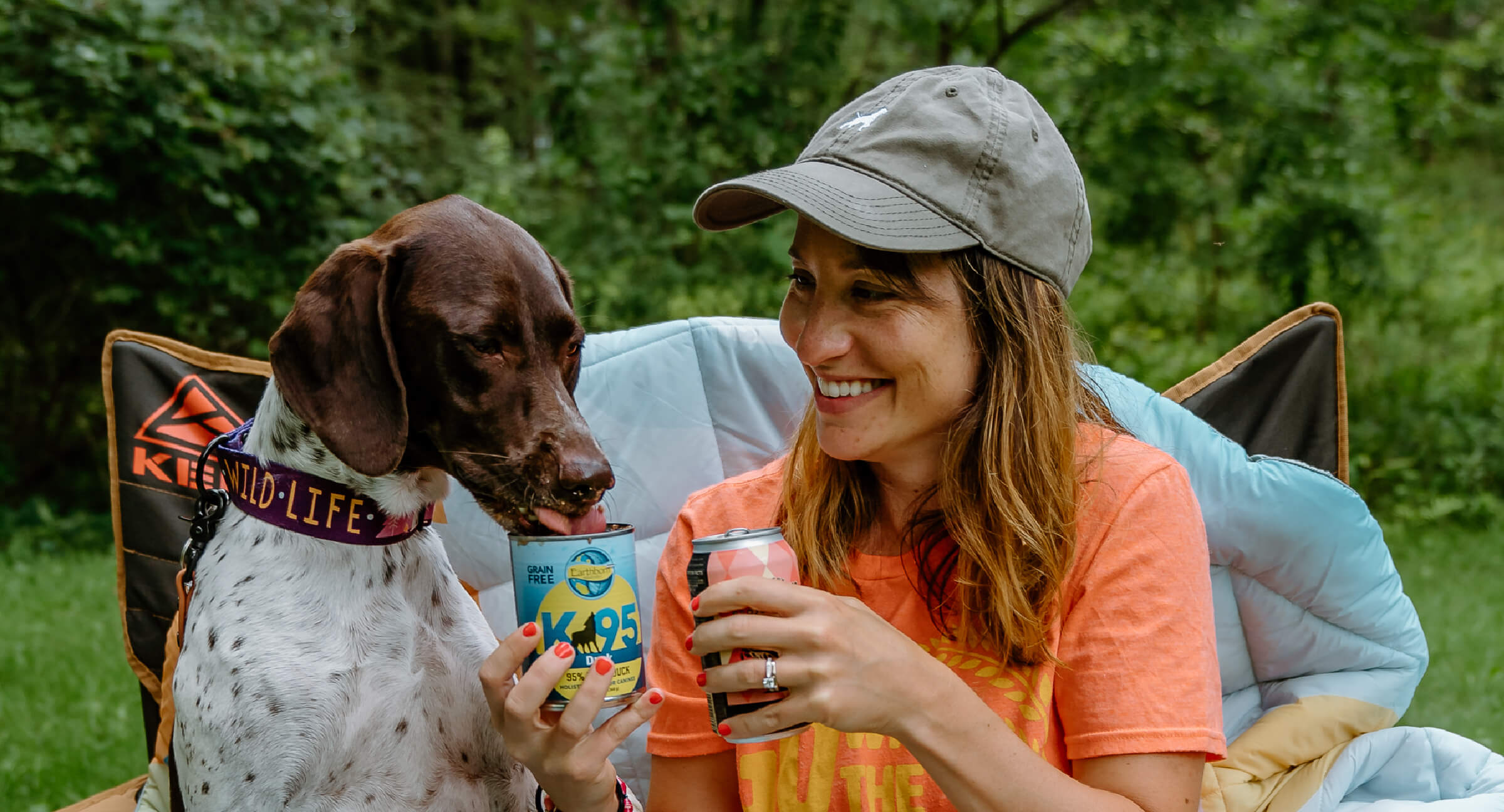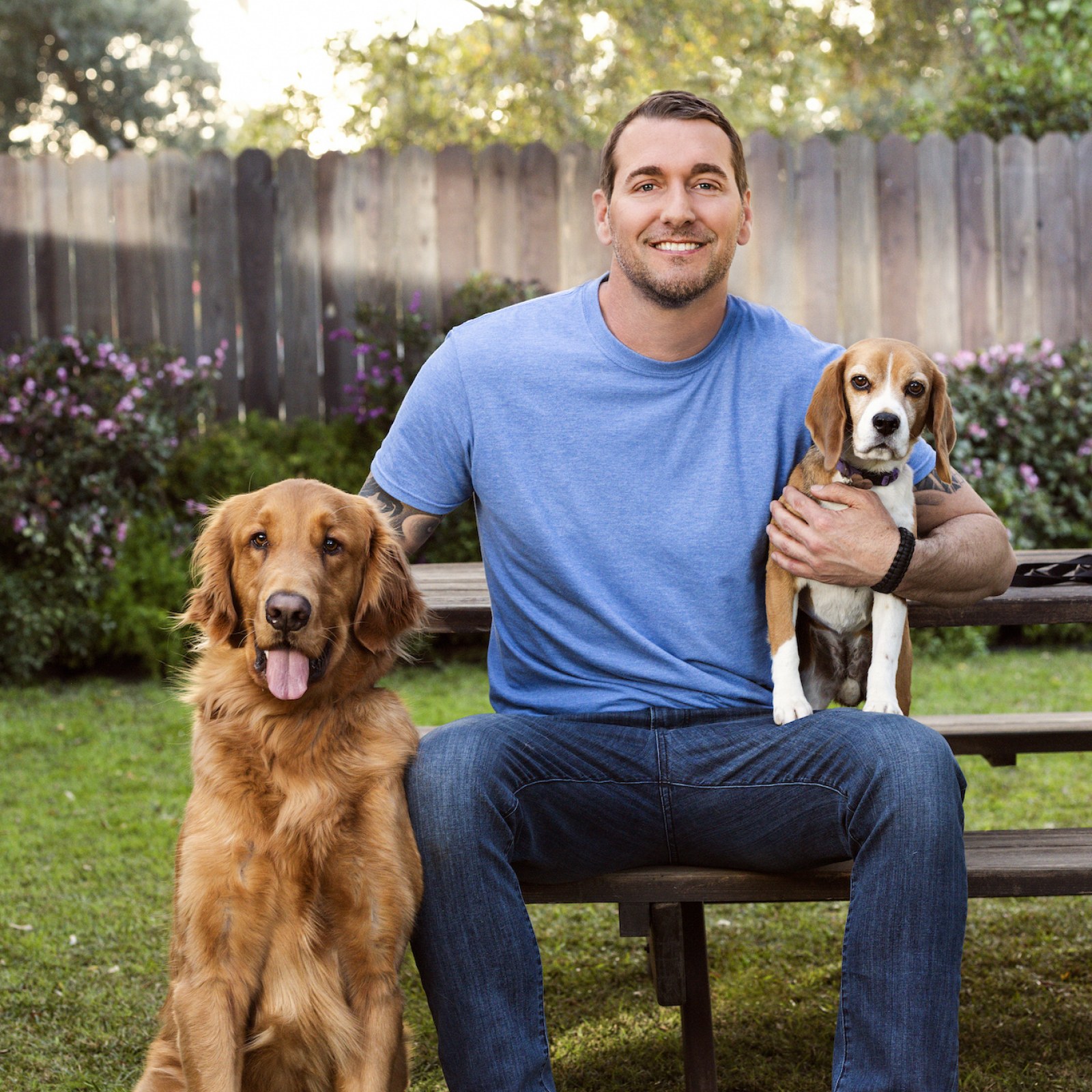The Ultimate Guide to Positive Reinforcement in Dog Training
The Ultimate Guide to Positive Reinforcement in Dog Training
Blog Article
Important Tips for Effective Dog Training: An Overview for Pet Dog Owners
Effective canine training is a complex procedure that needs a strategic method tailored to both the animal's character and the proprietor's objectives. Secret elements such as establishing constant commands, using positive reinforcement, and helping with early socialization play important duties in cultivating a well-adjusted canine friend. Many pet proprietors run into challenges that can hinder progress, leading to frustration and unpredictability. Comprehending exactly how to navigate these obstacles can significantly boost the training experience, eventually transforming the relationship in between proprietor and pet dog. What are the crucial approaches that can be used to guarantee success in this endeavor?
Understanding Canine Behavior
Understanding pet dog actions is important for efficient training and cultivating a harmonious connection in between pooches and their owners. dog training. Pets communicate primarily via body language, articulations, and actions, making it vital for proprietors to interpret these signals accurately.

Socializing plays a substantial function in pet dog behavior; exposure to different atmospheres, people, and other animals can considerably affect a canine's temperament. Furthermore, aspects such as breed characteristics and specific personality must assist training methods, as some breeds may have details behavior qualities that require customized strategies. By recognizing these components, owners can develop a helpful environment that urges favorable habits, bring about successful training outcomes and a much deeper bond with their animals.
Establishing Constant Commands
Effective interaction with your canine starts with establishing regular commands. This foundational element of training is critical for promoting understanding between you and your pet. Uniformity in the commands you use makes sure that your dog can dependably associate details words or phrases with the wanted behaviors.
When choosing commands, select clear, distinct words that are simple to say and separate from one another. Stay clear of using similar-sounding commands that may perplex your dog. As an example, using "rest" and "remain" is appropriate, however "sit" and "struck" could cause misconceptions.
Additionally, preserve the exact same tone and quantity for each and every command. Canines are sensitive to singing signs, so varying your tone can create confusion.
It is just as vital to make certain that all relative are on the exact same page concerning the commands used. A united front in command use will stop blended signals and reinforce the learning procedure.
Positive Reinforcement Methods
The power of positive support in canine training lies in its ability to urge wanted habits through incentives and appreciation. This method is grounded in the concept that behaviors adhered to by favorable end results are most likely to be duplicated. By integrating positive support right into your training regimen, you can properly shape your dog's actions in a positive way.
To execute favorable reinforcement, it's vital to recognize what motivates your canine, whether it be treats, toys, or verbal praise. When your canine executes a wanted activity, such as resting on command, quickly award them with a treat or affection. This organization between the command and the favorable outcome enhances their understanding.
It's essential to timing the rewards properly; supplying the reinforcement within secs of the wanted habits helps your pet dog make the link (dog training). Additionally, uniformity is crucial-- ensure that all member of Website the family utilize the very same commands and reward systems to stay clear of confusion

Progressively, you can decrease the frequency of treats as your pet learns the habits, transitioning to applaud or recurring benefits. This approach not just cultivates a solid bond between you and your pet dog yet also promotes a positive understanding atmosphere, making educating an enjoyable experience for both.
Socialization and Interaction
Regularly revealing your canine to a range of atmospheres, individuals, and various other pets is vital for their social development. Socialization should begin early, ideally during the vital home window of 3 to 14 weeks, when puppies are most receptive to brand-new experiences. Older dogs can additionally profit from continuous socializing efforts.
Introduce your pet dog to various setups, such as parks, pet-friendly stores, and metropolitan areas. This exposure assists them adjust to numerous stimulations, minimizing stress and anxiety and worry actions. Urge favorable communications with other dogs and individuals, ensuring that these encounters are regulated and safe to foster confidence.
Make use of structured playdates with well-mannered pet dogs, as this can improve your pet dog's social skills and educate them proper behavior. Obedience courses and training sessions additionally offer excellent possibilities for socialization, permitting your canine to connect with others in a monitored environment.
Screen your dog's body movement throughout interactions, as this will certainly aid you evaluate their convenience level. Progressively increase exposure to even more difficult scenarios while making certain that each experience declares. A well-socialized dog is a lot more most likely to display well balanced behavior, making them a pleasure to have in any type of setup.
Addressing Typical Training Obstacles
Every dog proprietor will come across training obstacles eventually, no matter of their pet's age or socialization degree. Identifying typical problems such as stubbornness, distractions, and fearfulness can assist in creating reliable strategies for improvement.

Disturbances during training sessions can derail focus. To fight this, begin training in a quiet setting with marginal stimulations. Progressively present diversions as more helpful hints the pet comes to be extra proficient in commands. Short, frequent training sessions are also efficient in preserving interest.
Terror can prevent a pet dog's knowing process. Gradual desensitization to the source of concern, coupled with favorable reinforcement, can help reduce anxiousness. Perseverance is crucial; never compel a pet dog into a scenario that creates distress, as this may intensify the issue.
Inevitably, understanding and resolving these typical challenges with an organized technique will certainly foster an extra efficient training experience, strengthening the bond in between dog and proprietor while advertising effective understanding.
Final Thought
In recap, successful dog training counts on a thorough understanding of canine habits, the establishment of consistent commands, and the application of positive support methods. Socialization plays an essential duty in establishing well-adjusted pets, while dealing with common training obstacles requires persistence and adaptability. By carrying out these essential methods, family pet owners can promote a solid bond with their dogs and advertise preferable behaviors, eventually bring about a harmonious connection in between humans and their canine buddies.
Comprehending canine behavior is essential for reliable training and fostering an unified connection in between canines and their owners.Socializing plays a substantial role in pet dog behavior; exposure to different settings, individuals, and various other animals can substantially influence a pet's temperament.The power of positive support in pet training check my source lies in its ability to encourage preferred habits through incentives and praise. By integrating positive reinforcement into your training regimen, you can properly form your pet's actions in a constructive manner.
In summary, successful pet dog training depends on a detailed understanding of canine habits, the facility of constant commands, and the application of positive support techniques.
Report this page